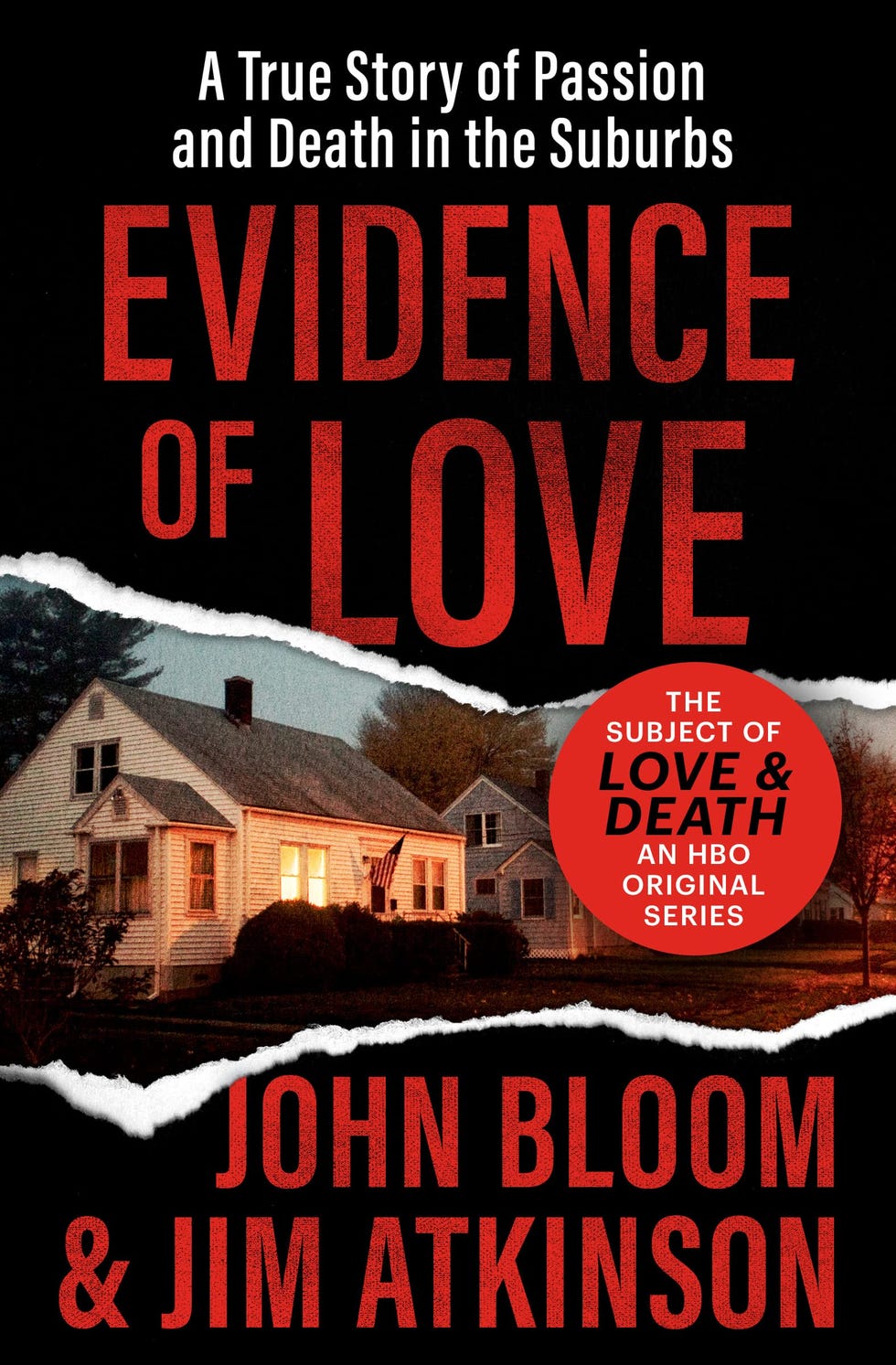THE BROAD narrative brushstrokes of HBO Max’s (or soon, simply Max’s) Love & Death, a retelling of the Candy Montgomery story, are these: the body of Betty Gore, found in a pool of blood on June 13, 1980, an ensuing investigation that led to a confession by Candy Montgomery, who had been having an affair with Gore’s partner, a subsequent trial, and, somehow, a verdict of not guilty, delivered on October 30, 1980.
The storyline hits all the important beats of cinematic true crime—sex, violence, betrayal, lies, small-town secrets—so much so that HBO Max’s dramatization is, in fact, the third retelling of the affair/murder. First there was a 1990 TV movie, A Killing in a Small Town. Then, just last year, Hulu aired Candy, starring Jessica Biel as the title character. Love and Death, starring Elizabeth Olsen as Montgomery, appears to be based on a the book Evidence of Love: A True Story of Passion and Death in the Suburbs by John Bloom and Jim Atkinson, which also ran as a series of articles published in Texas Monthly in 1984 titled Love and Death in Silicon Prairie. The articles more or less proceed in the same was as the HBO series, opening with a scene of Gore’s body and then introducing the audience to Montgomery by means of her church choir. We then learn of her attraction to Betty Gore’s partner, Allan Gore, beginning with an incident on a volleyball court in 1978—two years before the body of Betty Gore will be discovered.
From here, events and dialogue follow suit, including Betty’s desire to get pregnant, her conversations with Allan, as well as Montgomery’s proposition to Allan: “Would you be interested in having an affair?”
Which is all to say that Love & Death’s story of Candy Montgomery and Betty Gore is generally true to the reported facts of the years leading up to the murder and subsequent trial.
There is a question hanging over production of the series, which we’ll address briefly before diving into some of the facts of the real-life face. That question: Why are we revising this story?
The true crime genre has recently faced some long-coming criticism in regard to the treatment of victims, namely how storytellers have generally framed the narrative from the killer’s perspective. Dahmer, which at first promised to focus the story on the victims, instead made Jeffrey Dahmer its lead, creating backlash.
There’s also an artistic question of what dramatizations of such events actually achieves—especially when the stories have already previously been told and when the new adaptation does little to change its approach. Do we need another story about Betty Gore’s death, especially one played using dark humor, where lines—“Would you be interested in having an affair?”—are delivered for comedic effect? Probably not. There are lots of stories talented writers and filmmakers can bring to life, true or otherwise. While HBO Max and Hulu likely developed these stories on a similar timeline, their decisions still speak to an entertainment culture more than willing to feed audience obsessions despite the obvious moral and creative pits these projects mostly go to rot. (And a media culture churning out more repetitive stories about such events for traffic—but hey, maybe that’s a bit too self-aware for an article of this nature.)
Anyway, let’s talk about some axe murdering.
Who Is Candy Montgomery?
Montgomery first moved into her dream house in eastern Collin County, Texas, in 1977. She and her husband Pat had two kids. Their marriage, according to Candy who spoke to her friends about the potential affair, was stale. She was 29.
Montgomery had known Allan Gore for only nine months when she propositioned him for the affair. They both sang in choir and played for the church volleyball team. She believed Gore was interested in her and sought to reciprocate, believing an affair would add excitement to her routine.
After some hesitation, Gore called Montgomery, inviting her to accompany him to an auto shop. After months of calls, the two met at Montgomery’s home and began planning the affair. They met in a motel later and enacted their plan. They would continue seeing each other at a motel for the rest of 1978 and the first months of 1979, sometimes weekly.
During the affair, Betty Gore moved through her second pregnancy. After their daughter was born, Allan told Montgomery he wanted their relationship to end. Montgomery was apparently hurt by this and later confronted Betty on June 13, 1980.
The confrontation obviously did not go well. In fact, Betty responded to Montgomery’s admission of infidelity with her husband by going to the garage and returning with an ax. The outcome: Betty’s body was found later by a neighbor after Allan, away on a business trip, called to check in; Betty wasn’t answering the phone.
Montgomery apparently left the crime scene and went to church.
She became the prime suspect during the police’s investigation and was soon after arrested after Allan revealed to police he had recently ended an affair, giving Montgomery a strong motive for the killing. Montgomery was released on bail, hired an attorney, later sought out a hypnotist. During the October trial, Montgomery’s attorney declared that she would plead to self-defense. The defense made the case that Montgomery had flown into a rage after Gore attacked her and that Gore had said something triggering concerning Montgomery’s mother.
Montgomery was found not guilty.
Where Is Candy Montgomery now?
According to The Dallas Morning News, who reported an update on the case in late 2021, Montgomery moved to Georgia after the trial and still lives there. The paper reached out to Montgomery, now in her 70s. They were told by a relative that Montgomery suffers from PTSD—and that calls to her home weren’t helping.
The paper speculated as to why producers and streaming networks have remained so interested in the now more than 40-year-old case: “There’s the most obvious reason: It happened in a middle-class white community. Take the same facts—with all their brutality—and transpose them somewhere poorer and less racially homogeneous. Would there be a streaming series? Would it even have been front-page news?”
Assistant Editor
Joshua St Clair is an Assistant Editor at Men’s Health Magazine.





Comments are closed.